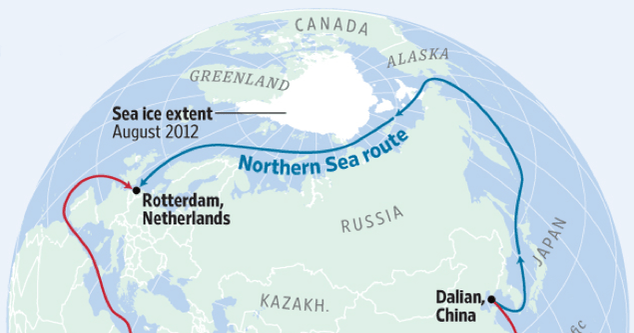Famed Darwin's Arch collapses due to erosion in Galapagos Islands
Quito, Ecuador — The famed Darwin's Arch in the Galapagos Islands has lost its top. Officials are blaming natural erosion of the stone. Ecuador's Environment Ministry reported the collapse on its Facebook page on Monday. "We report that the iconic Arc of Darwin collapsed," it said in Spanish.
Photos posted on social media by the ministry showed rubble from the arch's curvature in the ocean but the two columns that held it up still standing, the Reuters news service said.
The rock structure — 141 feet high, 230 feet long and 75feet wide — is less than half a mile from Darwin Island.
It's a popular spot for scuba divers, photographers and cruise ships, Reuters notes.
It's not accessible by land and tourists aren't allowed on it, Reuters adds.
"Obviously all the people from the Galapagos felt nostalgic because it's something we're familiar with since childhood, and to know that it has changed was a bit of a shock," said Washington Tapia, director of conservation at Galapagos Conservancy. "However, from a scientific point of view, it's part of the natural process. The fall is surely due to exogenous processes such as weathering and erosion which are things that normally happen on our planet."
The unique flora and fauna on the remote islands, some 600 miles off the coast of mainland Ecuador, are famous in part for inspiring Charles Darwin's thoughts on evolution.
The arch is also known for the wide variety of underwater life in its vicinity, including schools of hammerhead sharks, Reuters points out.




